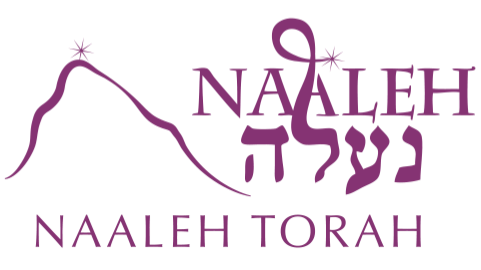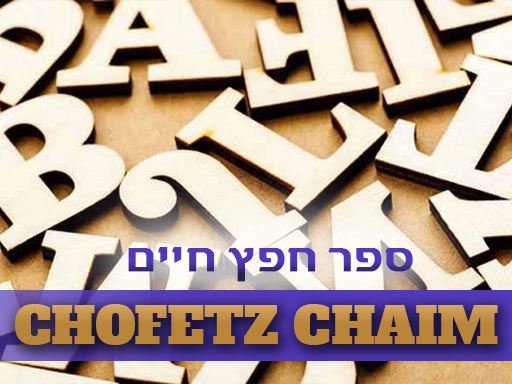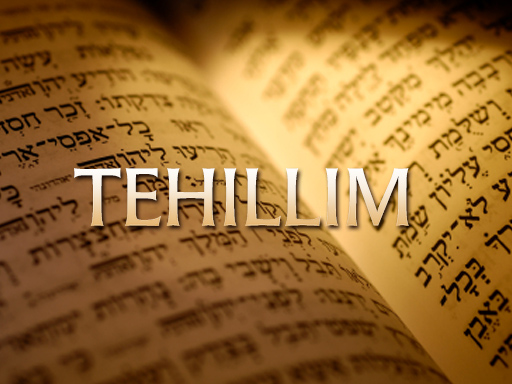Repenting for Lashon Hara
Posted onIn this shiur (Torah class) on the laws of proper speech, Rabbi Beinish Ginsburg teaches Sefer Chofetz Chaim klal daled paragraph 12. In this shiur, Rabbi Ginsburg talks of the lengths one must go to to do teshuva for the sin of lashon hara.




